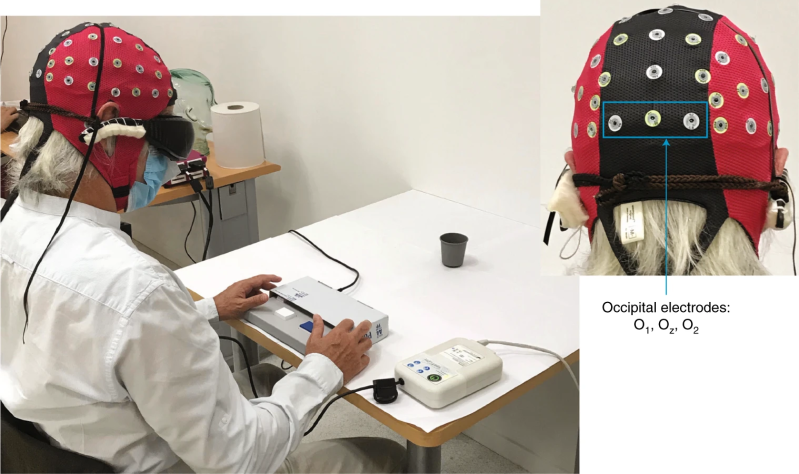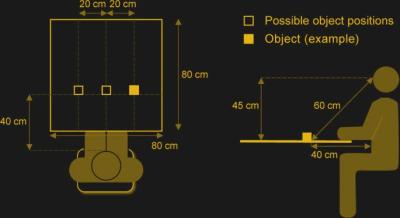Algae Gene Gives Blind Man Some Light-Based Sight

What are single-celled organisms good for, you may wonder? Science has found a wonderful new use for one of them — restoring partial sight to people with inherited forms of blindness. More specifically, they took a gene from algae that responds to light and moves toward it in order to replace dead or defective photo-receptor cells that lie between the human pupil and the optic nerve.
 When light enters the eye, it triggers photo-receptor cells that in turn send signals to nerve cells called ganglions. These add information about motion and send the complete picture to the brain via the optic nerve. The researchers basically hacked the ganglion cells and turned them into photo-receptors. First they used a virus to get light-sensing molecules called chrimson into one of the retinas of the lone volunteer they’d managed to train before the pandemic. He’d been wearing the goggles out on walks and told them he could see the stripes of the crosswalk.
When light enters the eye, it triggers photo-receptor cells that in turn send signals to nerve cells called ganglions. These add information about motion and send the complete picture to the brain via the optic nerve. The researchers basically hacked the ganglion cells and turned them into photo-receptors. First they used a virus to get light-sensing molecules called chrimson into one of the retinas of the lone volunteer they’d managed to train before the pandemic. He’d been wearing the goggles out on walks and told them he could see the stripes of the crosswalk.
They were able to get him into the lab in summer 2020, where he donned a pair of goggles that register light changes and send amber light into the eye whenever that happens. He also wore a cap full of electrodes so the researchers could see what parts of his brain lit up when the goggles do their thing. With the goggles on and ready to fire, the man was able to distinguish whether a black cup was in front of him, and was even able to count multiple cups correctly most of the time. Although this is not a full restoration of vision, it’s an excellent development in that direction, and we’re excited to see where it goes.
In the future, the researchers hope to slim down the goggles into something more fashionable. Combine them with these camera-enabled shoes, and accessibility goes way up.
Thanks for the tip, [foamyguy]!
Post a Comment